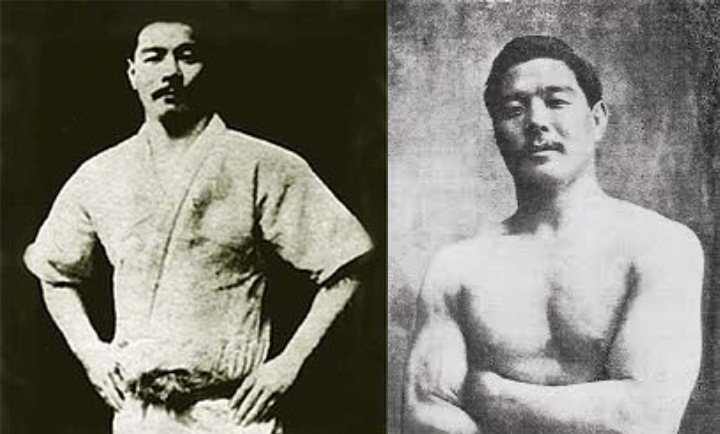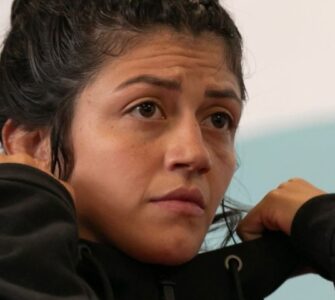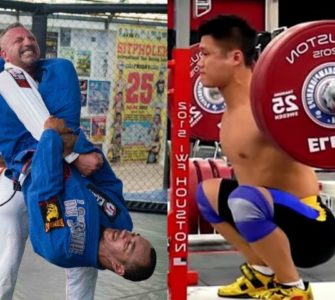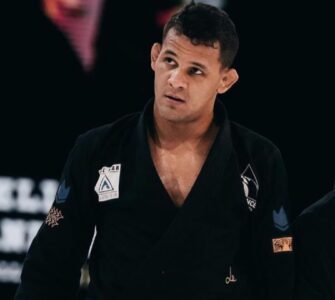Last year, I was fortunate to have a dinner with Sensei Norio Kouyama in Tokyo, Japan. Sensei Kouyama is the author of Conde Koma’s biography in Japanese, Undefeated Combatant Mitsuyo Maeda. The book had a lot of great stories of Conde Koma.
This is a challenging time to train physically, so I became inspired by the life of Conde Koma I would like to share some parts that may find relevance now. He immigrated to various foreign countries to face challenging situations. He was always drawn to the unknown with a positive mindset using the principles of leverage.
In his journey, Conde Koma was always willing to face a challenge. He jumped into challenge matches against bigger and stronger opponents. His focus was less about winning or losing but facing challenging circumstances and obstacles.
In 1908 he decided to compete in an unknown style which was a classical hybrid grappling sport including submission, choke holds, toehold without a martial arts uniform which we call a Gi. This is one reason why we train No Gi Jiu Jitsu in these modern days. He entered two divisions using his ring name, Yamato Maida, not Conde Koma. He entered the middle weight and heavy weight divisions at Catch wrestling world championship in London’s ballet theater (from 1/27-2/3 /Seating capacity 3500).
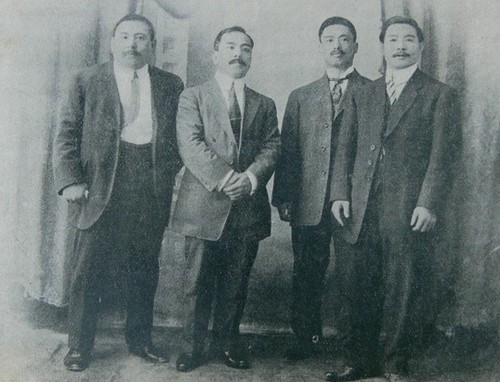
Maeda far right, with the Japanese delegation to Brazil
He successfully utilized his Judo techniques like seoi nage, and ogoshi. In the middle weight semifinal round and in the heavy weight final against 297 pound wrestler Conde Koma weighed only 154lb and didn’t get the results that he wanted. Time magazine praised him by saying, “He put up great fights with amazing techniques”. We can imagine how he displayed his spirit and techniques from the article.
( TIME 1908 at leicester square Library, London)
His fortitude and spirit from these experiences in those matches helped him later on when he was moved to Belem, Brazil. He began to support Japanese settlers who were cultivating the land and fighting against not only human, but the very tough environment of the Amazon and malaria mosquitos. Many of the settlers had to give up because of life threatening obstacles, but he was consistently supported them with a big heart. ” Pessimism is forbidden, Stay positive.”
He always encouraged struggling people using those words in Brazil. Later on he met young Carlos Gracie Sr. and passed on his fortitude, spirit, and his hybrid art in the Amazon.
In addition to the physical beauty of the art we love called jiu jitsu, I am very grateful to the mindset Conde Koma left behind. His spirit can help inspire us to stay positive. This will give us the leverage we need to make the best out of any challenging circumstance that comes our way.
Nobuo Yagai
Author of Warrior in the garden, a unique book of the ancient samurai warrior code for modern times including Jiu Jitsu and Judo history from Japan to Brazil.
Nobuo is a 3rd degree Jiu Jitsu Black belt under Master Rigan Machado, Enshin karate black belt and a Kodokan Judo Black belt.

